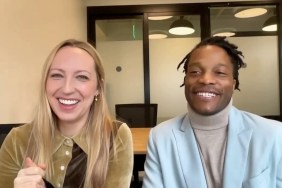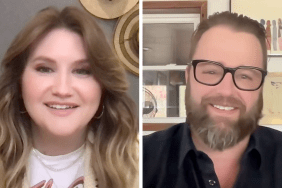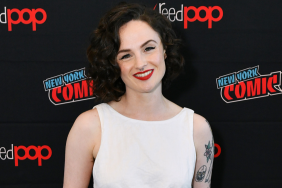Netflix’s Fear Street trilogy continues this week with the release of Fear Street Part 2: 1978 today. Taking place at a summer camp, the film follows a group of Shadysiders as they discover a terrible curse that haunts their town. The second streaming release stars Sadie Sink, Emily Rudd, Ryan Simpkins, McCabe Slye, Gillian Jacobs, Matthew Zuk, and more.
“Shadyside, 1978. School’s out for summer and the activities…










